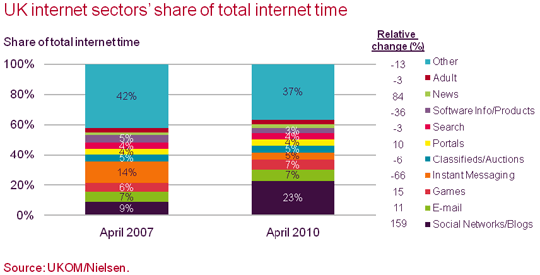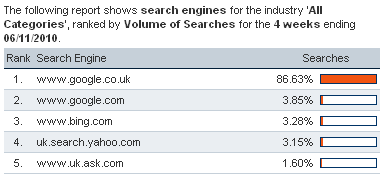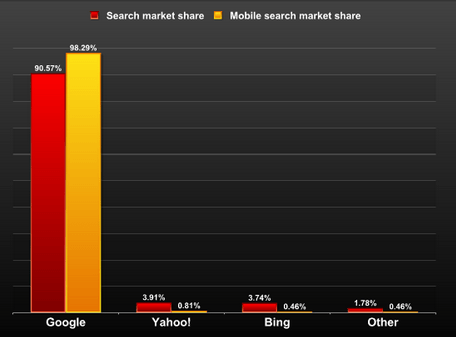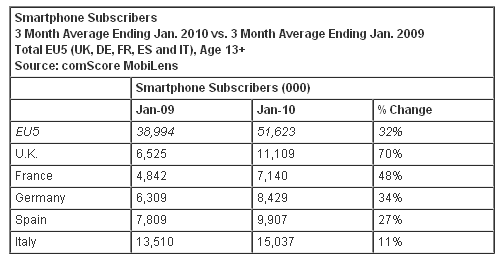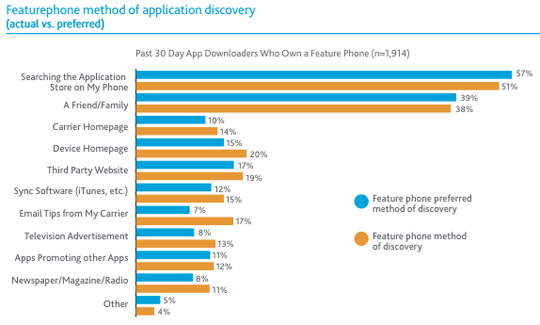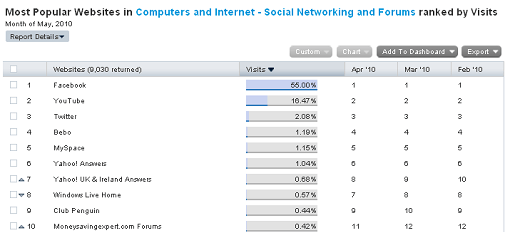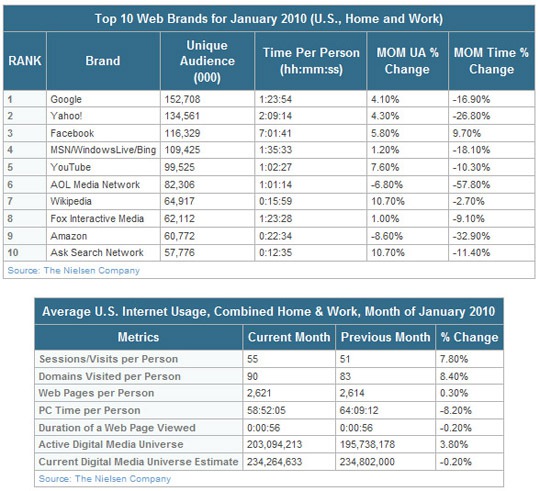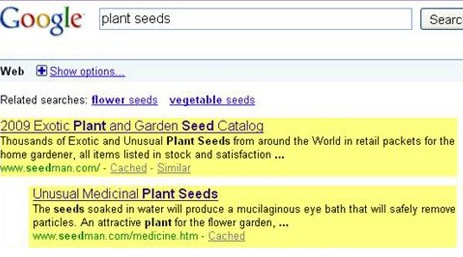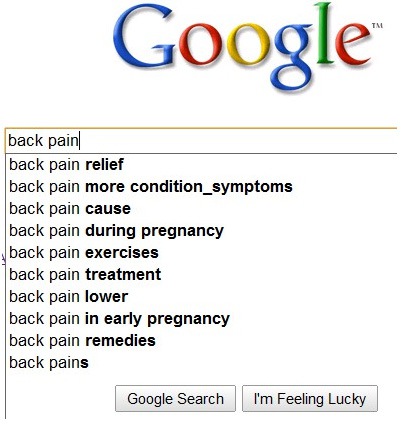If you want to increase __________________ by ______% <5, 10, 30, 50, even 100%> then you need to pay close attention to this post.
There is one thing most site owners could do to increase results that they aren’t doing. What is that one thing? Split testing!
So, testing – that’s nothing new. What’s the big deal? The big deal is that most people overlook this and miss the opportunity to significantly improve their response rate.
Let’s look at an example: You run a PPC campaign on Google AdWords and you have one ad running. Let’s say you sell shoes, and here is the ad you were running.
All that means is create a second version of your ad, to compete against your first version and see which one wins. So, now look at version 2:
So, let’s look at the results.
Ad 1 – 4.2 click through rate
Ad 2 – 5.1 click through rate!
You just increased your response rate by 21.4%! No extra costs, simply changing one word and getting an improved response.
Why did more people click on Lady’s than Women’s? We don’t know, we may never know, but we also don’t care (well that’s not entirely true, if you can understand the reason why something performed better, you could learn from that for your next round of tests but for now, let’s just say the reason doesn’t matter….all we know is have now improved our click through rate!)
Now are we done? Not even close. Now we take Ad 2, and create another ad to split test against Ad 2. You can constantly test 2 ads against each other and incrementally increase your response rates.
What can you test? Anything and everything! Test your ads, test headlines on your site, test your pricing, test colors. Test, test, test.
There’s so much more about testing that I could go into, but we’ll have to save that for another
time. For now, just remember these 2 important points…
1. Test EVERYTHING!
2. Only make one change in each test for accurate results. If you were to change the headline and the middle text on Ad 2, you wouldn’t know which was the cause of the higher response. So, take one thing at a time and test, test, test. (that is assuming you are doing A/B split tests – if you do multivariate testing you can test more than one thing but we’ll leave that for another day)
Here are a few other testing case studies:
Does every test produce huge results? No! But if you keep testing, then you’ll find over time the incremental improvements add up.
The bigger and more drastic the thing you test the more likely you’ll see a bigger improvement. But it’s also more likely the test could bomb (and real marketers love it when tests bomb, it gives them data for going forward). So make sure you monitor your test results – if you see something bombing you can halt it and revert back to the control only (the original version) until you come up with your next test.
So hopefully you understand the power of testing. Now let’s talk about how you go about it.
Start by brainstorming a list of things to test (it could literally be anything – here are just a few ideas).
Once you know where you are going to start, build 2 versions of your page, the original or control being your page as it exists now and the B version will have the one thing you are split testing. Once you are done, upload both pages to your server (if you can’t work within HTML or a site tool, have your webmaster do this step for you)
I suggest you use Google’s free testing tool (it allows multivariate testing as well as A/B split testing). It’s a great tool, it’s free and it’s easy to use. You can create an account here:
www.google.com/websiteoptimizer
Once you login you click to start a new experiment.
Give the experiment a name – name it something meaningful and I also find it helpful to use the date, so I may call one test “AdB-Headline-November17” – AdB is the source of traffic for this page, Headline is what I am testing and the date is the date I started the test.
Then you paste in the URL for the control (remember this is your original page)
Next you paste in the URL for the test page.
Lastly you page in your “conversion page” – this is the page people will land on after they take the action you wanted them to on the above page (so it may be a thanks for ordering, or a thanks for opting-in page).
The Google tool will verify that the pages are live on line and then you click to the next step. Here you tell the tool if you want to add the java script code that is needed to the page yourself or if you want your webmaster to do it for you. If you choose to it, it will provide the code and the instructions. If you want your webmaster to do it, Google will put all the data on to a page and give you a link to send to your webmaster to do. You can check the status from within Website Optimizer and see when it’s been added to the pages.
You can then validate the pages to be sure that the code is added correctly to the site.
Then you click to start the experiment.
As I mentioned, you should monitor the results. The tool will analyze the data and tell you when there is a winner. And then you can turn that experiment off and start a new one. You should always be testing the latest winner against a new idea and always be improving your results.
You can split test pages on your site, you can split test ads, email subject lines, landing pages for specific ad campaigns and more.
Get testing and be sure to share your results and feedback below! We can all learn from people’s tests.
Read more: http://www.searchenginejournal.com/
There is one thing most site owners could do to increase results that they aren’t doing. What is that one thing? Split testing!
So, testing – that’s nothing new. What’s the big deal? The big deal is that most people overlook this and miss the opportunity to significantly improve their response rate.
Let’s look at an example: You run a PPC campaign on Google AdWords and you have one ad running. Let’s say you sell shoes, and here is the ad you were running.
Designer Shoes are AffordableNow, let’s say your click through rate (number of people that click on your ad) is 4.2%. You are happy, because that’s better than you’ve ever done before. What most people do is keep running with that ad. What we want you to remember to do is Split Test.
Women’s Designer Shoes
Big names, great prices
All that means is create a second version of your ad, to compete against your first version and see which one wins. So, now look at version 2:
Designer Shoes are AffordableDo you see the difference? Only one word (more about that in a minute). In the first ad we have Women’s Designer Shoes and in the second ad we have Lady’s Designer Shoes.
Lady’s Designer Shoes
Big names, great prices
So, let’s look at the results.
Ad 1 – 4.2 click through rate
Ad 2 – 5.1 click through rate!
You just increased your response rate by 21.4%! No extra costs, simply changing one word and getting an improved response.
Why did more people click on Lady’s than Women’s? We don’t know, we may never know, but we also don’t care (well that’s not entirely true, if you can understand the reason why something performed better, you could learn from that for your next round of tests but for now, let’s just say the reason doesn’t matter….all we know is have now improved our click through rate!)
Now are we done? Not even close. Now we take Ad 2, and create another ad to split test against Ad 2. You can constantly test 2 ads against each other and incrementally increase your response rates.
What can you test? Anything and everything! Test your ads, test headlines on your site, test your pricing, test colors. Test, test, test.
There’s so much more about testing that I could go into, but we’ll have to save that for another
time. For now, just remember these 2 important points…
1. Test EVERYTHING!
2. Only make one change in each test for accurate results. If you were to change the headline and the middle text on Ad 2, you wouldn’t know which was the cause of the higher response. So, take one thing at a time and test, test, test. (that is assuming you are doing A/B split tests – if you do multivariate testing you can test more than one thing but we’ll leave that for another day)
Here are a few other testing case studies:
- Girls versus Women in a dating ad increased response by 30%
- “Get Top Google Rankings” as a headline increased my leads (opt-ins) by 13% over “Get Top Rankings”
- A smaller header graphic on my landing page got me 7% more leads from that page than the larger version of the same header graphic.
Does every test produce huge results? No! But if you keep testing, then you’ll find over time the incremental improvements add up.
The bigger and more drastic the thing you test the more likely you’ll see a bigger improvement. But it’s also more likely the test could bomb (and real marketers love it when tests bomb, it gives them data for going forward). So make sure you monitor your test results – if you see something bombing you can halt it and revert back to the control only (the original version) until you come up with your next test.
So hopefully you understand the power of testing. Now let’s talk about how you go about it.
Start by brainstorming a list of things to test (it could literally be anything – here are just a few ideas).
- Background color
- Header graphic versus no header graphic
- Large header graphic versus small header graphic
- Price
- Headline text
- Opt-in box graphics
- Picture of a man versus a woman
- Anything else you can imagine
Once you know where you are going to start, build 2 versions of your page, the original or control being your page as it exists now and the B version will have the one thing you are split testing. Once you are done, upload both pages to your server (if you can’t work within HTML or a site tool, have your webmaster do this step for you)
I suggest you use Google’s free testing tool (it allows multivariate testing as well as A/B split testing). It’s a great tool, it’s free and it’s easy to use. You can create an account here:
www.google.com/websiteoptimizer
Once you login you click to start a new experiment.
Give the experiment a name – name it something meaningful and I also find it helpful to use the date, so I may call one test “AdB-Headline-November17” – AdB is the source of traffic for this page, Headline is what I am testing and the date is the date I started the test.
Then you paste in the URL for the control (remember this is your original page)
Next you paste in the URL for the test page.
Lastly you page in your “conversion page” – this is the page people will land on after they take the action you wanted them to on the above page (so it may be a thanks for ordering, or a thanks for opting-in page).
The Google tool will verify that the pages are live on line and then you click to the next step. Here you tell the tool if you want to add the java script code that is needed to the page yourself or if you want your webmaster to do it for you. If you choose to it, it will provide the code and the instructions. If you want your webmaster to do it, Google will put all the data on to a page and give you a link to send to your webmaster to do. You can check the status from within Website Optimizer and see when it’s been added to the pages.
You can then validate the pages to be sure that the code is added correctly to the site.
Then you click to start the experiment.
As I mentioned, you should monitor the results. The tool will analyze the data and tell you when there is a winner. And then you can turn that experiment off and start a new one. You should always be testing the latest winner against a new idea and always be improving your results.
You can split test pages on your site, you can split test ads, email subject lines, landing pages for specific ad campaigns and more.
Get testing and be sure to share your results and feedback below! We can all learn from people’s tests.
Read more: http://www.searchenginejournal.com/



